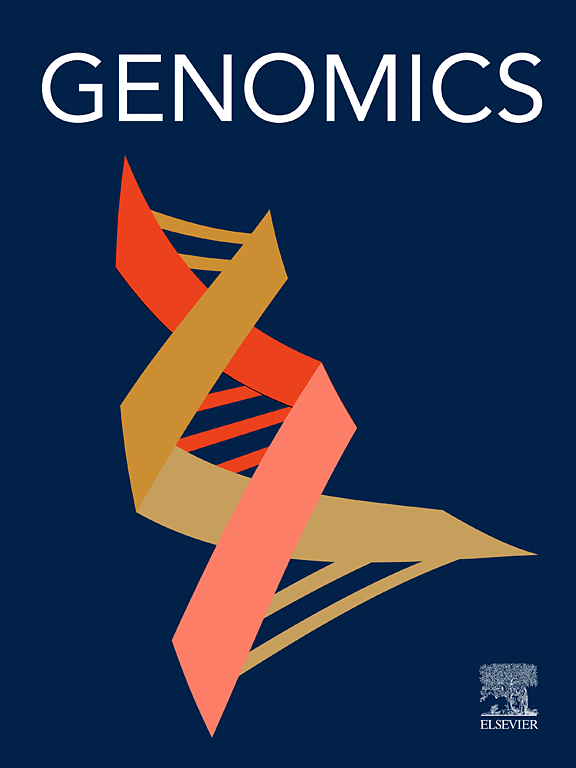辣椒(Capsicum annuum L.)抗卷曲叶病毒相关SSR标记的分子定位与开发
IF 3.4
2区 生物学
Q2 BIOTECHNOLOGY & APPLIED MICROBIOLOGY
引用次数: 0
摘要
辣椒卷曲叶病毒(ChLCV)是由白蝇传播的begomovirus引起的一种辣椒卷曲叶病毒,对全世界辣椒的种植和生产构成严重威胁。探索寄主植物的抗性及其相关分子标记的鉴定将加速抗性育种。对IHR4615(R) × IHR2451(S) F2群体进行QTL-seq分析,确定与ChLCV-Raichur分离物抗性相关的qtl。在ChLCV-Raichur分离物抗性相关的第6染色体上定位了一个显著的QTL。在鉴定的位点内预测防御相关基因。在IHR4615(R) × IHR2451(S) F2群体中,进一步用SSR标记对鉴定位点进行细化,鉴定出与ChLCV-Raichur分离物抗性相关的两个SSR标记IHR-LCV-SSR-76和IHR-LCV-SSR-165,预测效率分别为89.50%和72.50% %。这些标记与抗性基因的遗传距离分别为7 cM和17.65 cM。这些标记在另一个基于抗性源的IHR4392(S) × IHR4597(R) F2群体中得到进一步验证。开发和验证的分子标记可用于辣椒抗病品种/ F1杂交种的标记辅助育种。本文章由计算机程序翻译,如有差异,请以英文原文为准。
Molecular mapping and development of SSR markers associated with Chilli leaf curl virus resistance in chilli (Capsicum annuum L.)
Chilli leaf curl virus (ChLCV), caused by whiteflies transmitted begomoviruses, poses a significant threat to chilli cultivation and production all over the world. Exploring host plant resistance and identification of associated molecular markers will accelerate resistance breeding. QTL-seq analysis was employed in the IHR4615(R) × IHR2451(S) F2 population to identify QTLs associated with ChLCV-Raichur isolate resistance. A significant QTL was mapped on chromosome 6 associated with ChLCV-Raichur isolate resistance. Defense-related genes were predicted within the identified locus. Further refining of the identified locus with simple sequence repeats (SSR) markers led to the identification of two SSR markers IHR-LCV-SSR-76 and IHR-LCV-SSR-165 associated with the ChLCV-Raichur isolate resistance with 89.50 and 72.50 % prediction efficacy, respectively in IHR4615(R) × IHR2451(S) F2 population. These markers are located at 7 cM and 17.65 cM genetic distances from the resistant gene. These markers were further validated in another resistant source-based F2 population of IHR4392(S) × IHR4597(R). The developed and validated molecular markers can be explored in marker-assisted breeding programs aiming at developing resistant cultivars/ F1 hybrids of chilli.
求助全文
通过发布文献求助,成功后即可免费获取论文全文。
去求助
来源期刊

Genomics
生物-生物工程与应用微生物
CiteScore
9.60
自引率
2.30%
发文量
260
审稿时长
60 days
期刊介绍:
Genomics is a forum for describing the development of genome-scale technologies and their application to all areas of biological investigation.
As a journal that has evolved with the field that carries its name, Genomics focuses on the development and application of cutting-edge methods, addressing fundamental questions with potential interest to a wide audience. Our aim is to publish the highest quality research and to provide authors with rapid, fair and accurate review and publication of manuscripts falling within our scope.
 求助内容:
求助内容: 应助结果提醒方式:
应助结果提醒方式:


